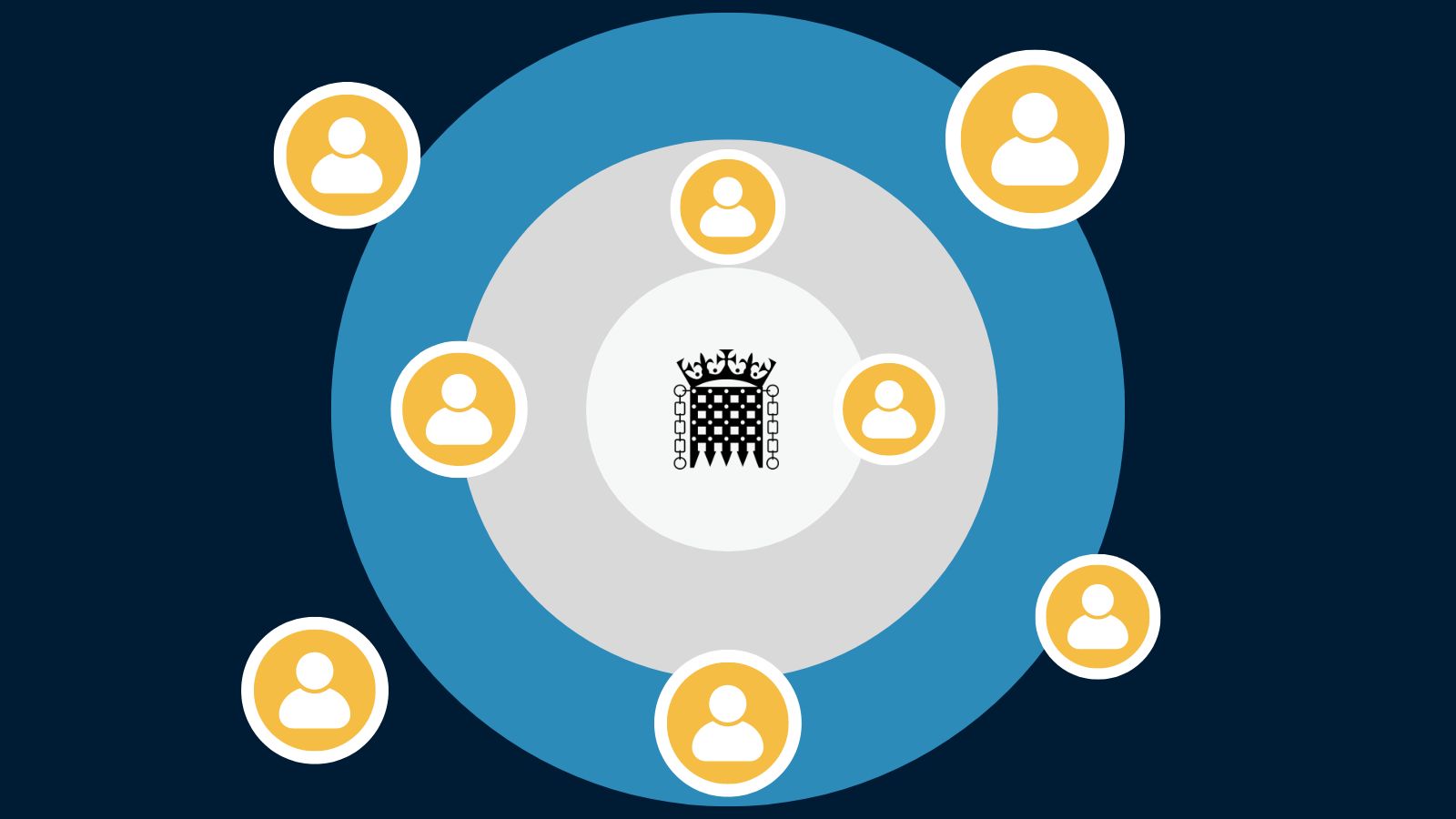



Date posted: 07/11/2022
by David Boot
Public affairs is a people business. It’s about building relationships, putting forward arguments and being part of the policy debate.
But it’s not really about who you know. Ministers, special advisers and civil servants come and go. Sure, it’s good to have rapport, but something more fundamental to public affairs is relationship-building skills. Identifying, targeting and nurturing relationships.
In simple terms, the process for knowing who your political stakeholders are can be thought of in four broad areas:
Let’s break these four down further.
To understand your policy community, you need to identify the core stakeholder groups relevant to your interests. They will include relevant ministers and their shadows, certain departments, select committees, all-party parliamentary groups (APPGs), charities, and business organisations who operate in your space.
Within this, understanding which ministers do what and who your top political stakeholders are is crucial. If helpful this can be tiered – tier one including perhaps the secretary of state, junior minister and select committee chair, and tier down accordingly. It’s never an exact science, but sometimes useful when you have things to communicate. Not all stakeholders are created equal.
At this point, and throughout, it’s important to be honest about existing relationships. You may have a truculent junior minister in your space or alternatively a committee chair who refuses to engage in your issues.
The core is broadly static, but subtle shifts will occur within it. All the while, personalities matter. Someone may, on paper, be a key stakeholder, but if they aren’t interested in your area, that matters a whole lot. Even if they are interested, they may not be willing to engage with you. It’s not worth alienating them by pushing it too far.
Outside the core is a bigger, sometimes harder-to-define space. This is where decent monitoring can help you identify MPs and peers with a particular interest based on their parliamentary activity, including questions, motions and contributions to debates. Twitter has added a new dimension, and again the organisations and debates stakeholders engage with can be instructive.
Analysing, the third step here, is where it’s crucial to be honest. You may have clear friends and foes; you may have foes who could be persuaded to become neutral; or even your sworn enemies in one area, could actually support you elsewhere. Don’t burn bridges, and be humble – friends and foes can be fluid.
Another categorisation is around your competition. You may be in a space where you are not the largest player and collaborating with others, even competitors, may be the only way to achieve the results you desire.
An additional bit of analysis involves assessing your stakeholders’ power and their interest. This often forms part of a grid, reflecting high to low for both. Sometimes a person can be high when it comes to the power they wield but low when it comes to their interest in your area. For some, it will be about keeping them informed. For others, they will be powerful and interested in what you do – a key player for your organisation.
A final thing to note is around tracking. Mapping and engaging political stakeholders is never static, so monitoring what is happening in parliament, on social media and elsewhere is crucial. New stakeholders will pop up, others will fade away. The process is dynamic, and it’s crucial you invest either time and/or resource into this element of it.
So when you’re starting on a public affairs campaign or a programme of engagement, identifying your political stakeholders is the first step. Then you will be ready to create a meaningful and mutually beneficial relationship with them. Of course, on a practical level, you will need to keep track of your work, using a humble spreadsheet or a more sophisticated CRM (Customer Relationship Management system).
Although not straightforward, that may be the easy part. Getting your message heard and acted on is perhaps a little more challenging.
|
David Boot David Boot is a public affairs and communications professional with over 16 years’ experience, in particular relating to transport, climate change and science and technology. David is a member of the Chartered Institute of Public Relations (CIPR) and a member of the CIPR Public Affairs Committee. He has also been politically active for over 20 years and stood as a parliamentary candidate in 2010. |